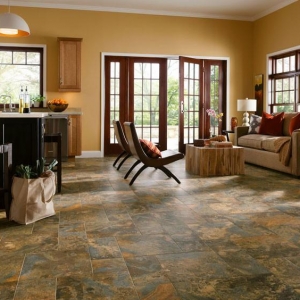In the world of industrial manufacturing, precision and efficiency are critical to ensuring product quality and minimizing waste. Web guide systems have long been indispensable in achieving this, as they maintain the alignment of moving materials—such as paper, film, or textiles—on production lines. However, as manufacturing spaces become more constrained and demands for flexibility and performance increase, the need for compact web guide systems has grown significantly.
Understanding Compact Design in Web Guide Systems
A compact design in web guide systems is more than just a trend; it represents a fundamental shift in how industries approach material handling and process optimization. These systems, engineered with a smaller footprint, are designed to integrate seamlessly into modern production environments without sacrificing functionality or precision.

Key Features and Advantages of Compact Web Guide Systems
One of the most notable benefits of compact web guide systems is their ability to optimize space. In industries where floor space is a premium commodity, having smaller systems allows manufacturers to maximize the use of their facilities. This is particularly relevant for production lines that need to incorporate multiple systems or for companies looking to expand operations without investing in larger premises. The reduced size of these systems also makes installation more straightforward, saving time and labor costs while minimizing disruptions to existing workflows.
Despite their smaller dimensions, compact web guide systems maintain high levels of accuracy, thanks to advancements in sensor and control technologies. Many systems are equipped with advanced web guide sensors, including ultrasonic and optical sensors, to track and adjust material positioning with incredible precision. These sensors, paired with integrated control units, ensure that materials remain perfectly aligned throughout the production process.
Compact web guide systems are also celebrated for their versatility. Their reduced size allows them to be easily integrated into various applications, from high-speed printing presses to textile machinery and packaging lines. This adaptability is particularly valuable in industries requiring frequent equipment reconfiguration to handle diverse materials or production tasks.
In addition to their space-saving and performance benefits, compact web guide systems are often more energy-efficient than their larger counterparts. They typically consume less power and are designed to operate with minimal maintenance, making them a cost-effective choice for manufacturers aiming to reduce operational expenses and environmental impact.

Innovations Driving Compact Design in Web Guide Systems
Technological innovation has played a central role in enabling the development of compact web guide systems. Advances in miniaturized components, modular designs, and wireless communication have allowed manufacturers to pack more functionality into smaller packages. Some systems even incorporate artificial intelligence for real-time adjustments and predictive maintenance, further enhancing their efficiency and reliability.

The compact design in web guide systems represents a pivotal advancement for industries striving to achieve more with less. By combining precision, flexibility, and efficiency in a smaller footprint, these systems address the growing challenges of modern manufacturing while paving the way for future innovation. For businesses seeking to optimize production processes and remain competitive, adopting compact web guide systems is not just a choice and it’s a necessity.







